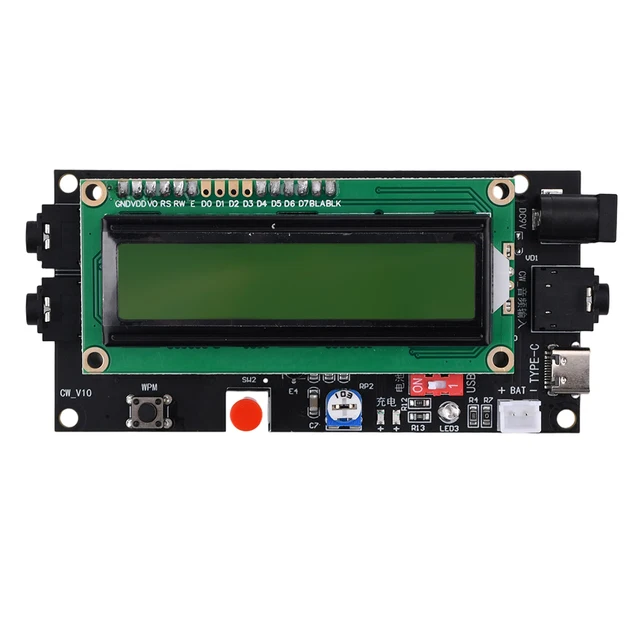Morse code is a fascinating communication system that encodes letters and numbers into sequences of dots and dashes. Developed in the 1830s, it remains relevant today for various applications, from amateur radio to military communication. With the right techniques and knowledge, anyone can learn to decode messages in Morse code efficiently. This guide will provide insights into Morse code translation(Japanese:モールス信号翻訳), covering the basics, practical techniques, tools, and strategies to help you decode messages like a pro.
What is Morse Code?
The Basics of Morse Code
Morse code represents letters and numbers through sequences of short and long signals. The short signals are called “dots,” represented by a “.” symbol, while the longer signals are called “dashes,” represented by a “-” symbol. Each letter of the alphabet and numeral corresponds to a specific combination of these signals. For instance, “A” is represented by “.-“, and “B” is represented by “-…”. Understanding these representations is the first step in decoding messages.
Morse code can be transmitted in various ways. Traditional methods include sound signals (like taps or beeps) and light signals (such as flashes or on-off patterns). The simplicity of Morse code allows for effective transmission over long distances, especially in situations where voice communication is difficult. This versatility makes it an enduring form of communication, even in the digital age.
The Historical Significance of Morse Code
Morse code has deep historical roots. Developed by Samuel Morse and Alfred Vail in the early 19th century, it revolutionized the way people communicated over long distances. The first successful telegraph line, established in the 1840s, used Morse code to transmit messages. This technology changed the landscape of communication, paving the way for future innovations.
Today, Morse code holds historical significance beyond its original purpose. It is often associated with significant events in history, such as maritime communication and military operations. Understanding Morse code connects us to this rich history, reminding us of how communication has evolved over time. This knowledge deepens appreciation for modern communication tools and their origins.
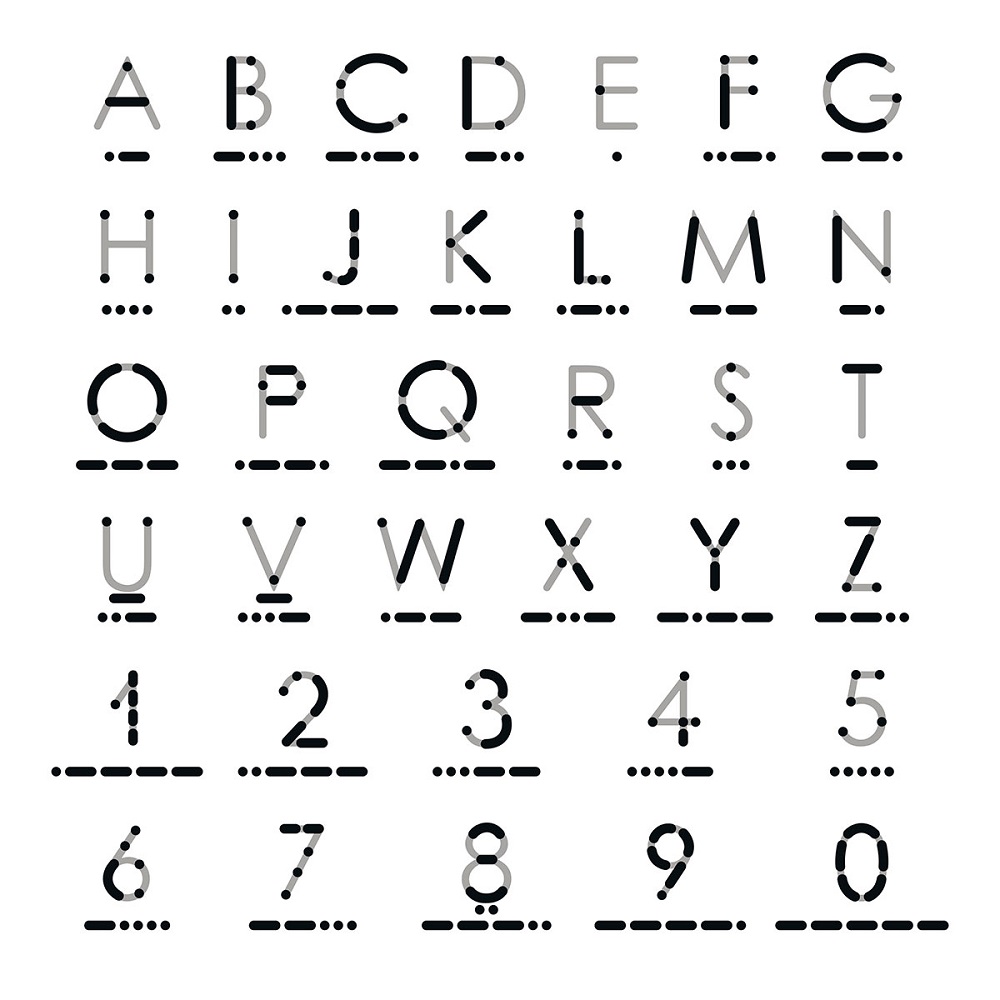
Learning the Morse Code Alphabet
The Morse Code Chart
To decode messages efficiently, it is essential to familiarize yourself with the Morse code chart. This chart outlines each letter of the alphabet, numerals, and some punctuation marks accompanied by their corresponding dot-dash representations. Having a reference chart at hand when practicing decoding can be very helpful.
A typical Morse code chart shows letters from A to Z, as well as numbers from 0 to 9. For example, “C” is represented as “-.-.” and “5” is shown as “…..”. The visual representation helps learners recognize patterns and sequences quickly. Over time, recognition becomes second nature, facilitating a smoother decoding process.
Memorization Techniques
Memorizing the Morse code alphabet can be challenging for beginners. It is useful to employ various techniques to make this task easier. One effective method is using mnemonic devices. For example, associating letters with common words or phrases can help create mental connections. For instance, recall that “..” represents “I,” which can be thought of as two friends standing side by side.
Additionally, flashcards can offer a practical way to reinforce learning. Create flashcards with the letter on one side and the Morse code on the other. Regular practice with these cards can solidify your memory. Aim to recite the Morse code symbols aloud as you flip the cards, reinforcing auditory learning alongside visual. Consistent practice will help you master Morse code in no time.
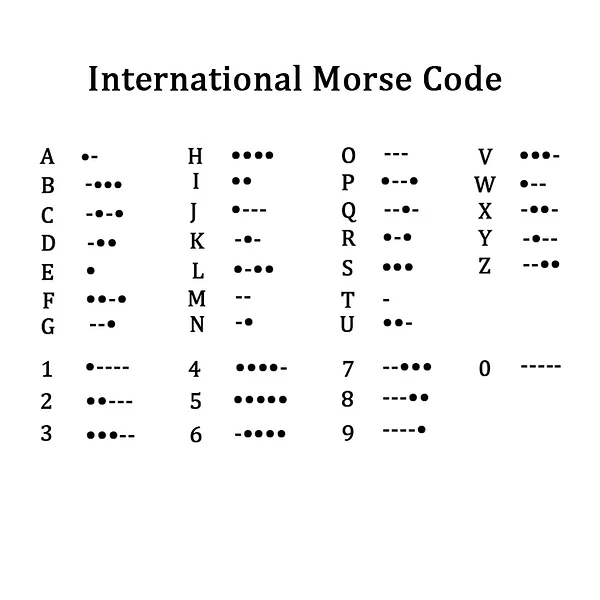
Practicing Morse Code Translation
Decoding Simple Words
Once you have familiarized yourself with Morse code, practicing with simple words is the next step. Start with short, common words, which allow for quicker decoding and greater confidence. For example, the word “HAT” can be translated into Morse code as “…. .- -“.
To decode, break the word into individual letters, then refer to your Morse code chart. Translate each letter one at a time: “H” becomes “….,” “A” becomes “.-,” and “T” becomes “-“. As your skills improve, try longer words and phrases, gradually increasing the complexity as you feel more comfortable.
Listening Practice
Playing audio recordings of Morse code can significantly improve decoding skills. Listening to Morse code signals helps learners adapt to the rhythm and timing of the dots and dashes. Timing is crucial in Morse code, as the lengths of dots and dashes differ. Dots last for one time unit, while dashes last for three.
Start by listening to slower transmissions to familiarize yourself with the sound patterns. Many online resources provide audio practice, featuring various speeds and types of transmissions. As your skills progress, gradually increase the speed of the recordings. This will enhance your ability to decode in real-time, simulating actual communication scenarios.
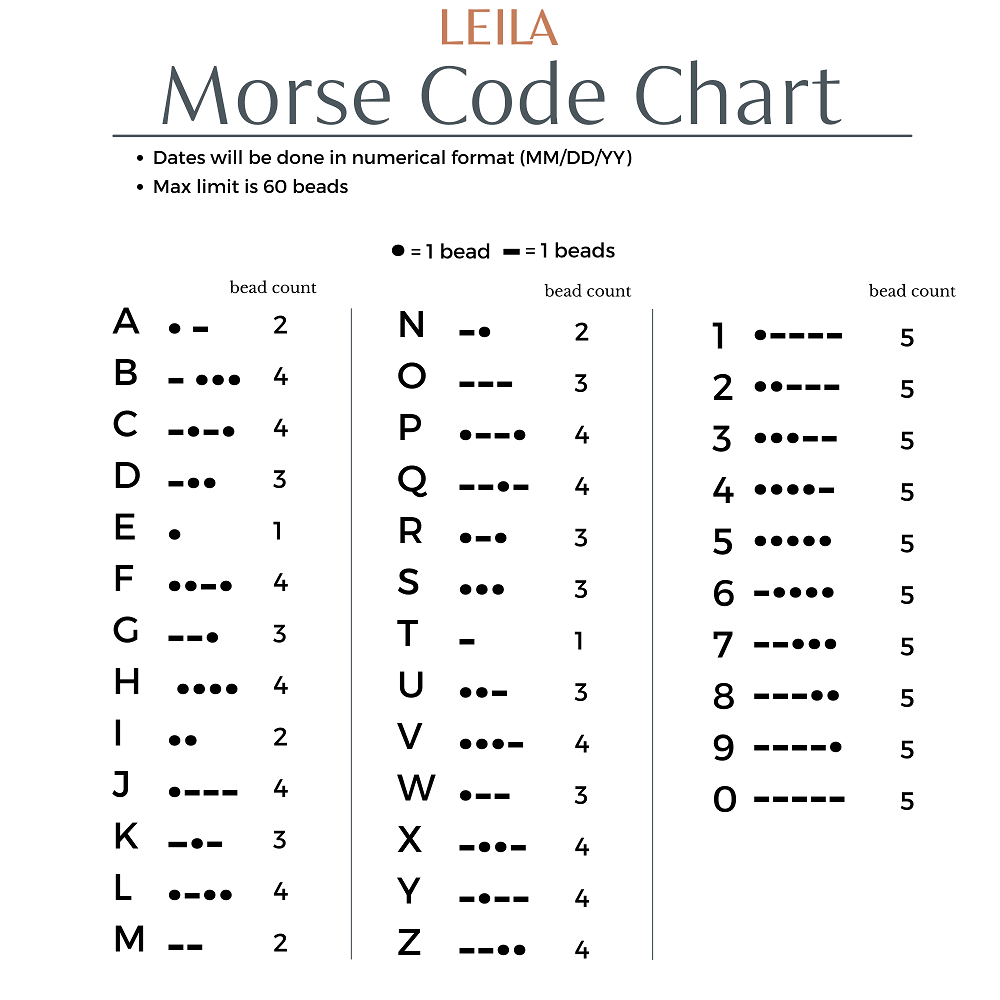
Tools for Decoding Morse Code
Mobile Applications
In today’s digital age, numerous mobile applications can aid in learning and decoding Morse code. These apps frequently offer interactive features, exercises, and quizzes to help users practice. Some apps allow users to translate text into Morse code, providing instant feedback on accuracy.
For example, applications like “Morse Code Agent” and “Morse Code Translator” are popular. They not only allow users to practice decoding but also to send Morse code messages through their devices. The convenience of mobile applications makes them excellent tools for practicing on-the-go, ensuring you remain engaged with your learning.
Online Resources and Communities
The internet is a treasure trove of resources for learning Morse code. Various websites offer free tutorials, exercises, and interactive challenges. Engaging with online Morse code communities can be beneficial as well. Many forums and groups dedicated to Morse code learning provide a supportive environment for asking questions and sharing experiences.
These communities can also provide opportunities for real-time practice, such as organized signal exchanges. Participating in these exchanges allows learners to apply their skills in a fun and social context, building confidence and reinforcing knowledge. With a little effort, finding reliable online resources and communities is easy.

Advanced Techniques for Proficient Decoding
Speed and Fluency Training
To decode messages like a pro, it’s essential to work on speed and fluency. Effective techniques include practicing dictation exercises, where someone sends Morse code while you decode in real-time. Gradually increase the speed of the transmissions as you become more comfortable. This gradual increase will help your mind adjust to processing the signals faster.
Consider setting specific goals for fluency. For instance, aim to decode outgoing Morse code messages at a certain speed within a specific timeframe. Regularly challenging yourself will keep the learning process engaging while you build up your skills. Your dedication will pay off as you become adept at rapid translations.
Group Practice Sessions
Joining or forming a community of fellow learners can significantly enhance your skills. Group practice sessions can involve a mix of listening and sending. Participants can take turns sending Morse code, providing opportunities for everyone to practice decoding. These collaborative sessions can be both enjoyable and educational.
Engaging with peers allows for the exchange of tips, techniques, and resources. Each individual may hold unique insights, making group sessions a well-rounded approach to learning. The social aspect of practicing with peers can motivate you to improve and remain committed to mastering Morse code.
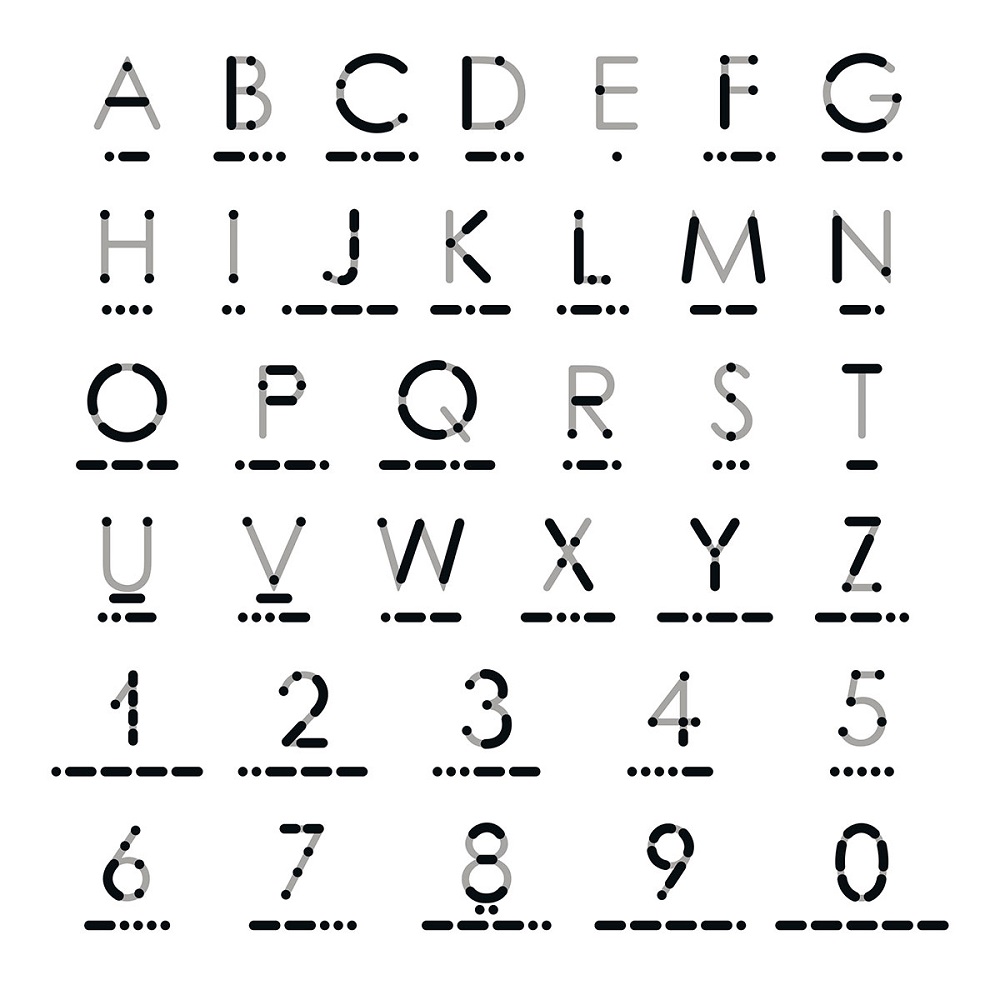
Common Challenges in Morse Code Translation
Overcoming Memory Fatigue
Many learners struggle with retaining the Morse code alphabet, especially when decoding complex messages. Memory fatigue can set in as your brain works to recognize patterns. If this happens, take a break from your studies to allow your mind to recharge. After a short rest, return to practice with fresh energy and focus.
Another strategy to combat memory fatigue is to create a study schedule that incorporates regular reviews. Breaking down practice into manageable sessions can help prevent burnout. Consider focusing on a few letters or numbers during each study session. This approach ensures that learning remains enjoyable and stress-free.
Dealing with Time Constraints
In real-life situations, you may find yourself under time constraints when decoding messages. The pressure to decode quickly can lead to mistakes. To counteract this, practice under timed conditions. Set a timer for a specific duration and challenge yourself to decode as many letters or short messages as possible during that time.
While it may be challenging at first, this practice can simulate actual Morse code situations. Gradually increase the time pressure while maintaining accuracy. With time and practice, you’ll become more comfortable performing under pressure, sharpening your skills to decode messages like a professional.
Mastering Morse Code Translation
In conclusion, mastering Morse code translation is a rewarding journey that connects you with a rich history of communication. Through dedication, practice, and the use of effective techniques, anyone can learn to decode messages like a pro. This guide outlines the essential knowledge and tools needed to develop your skills.
By familiarizing yourself with the Morse code alphabet, practicing decoding techniques, and engaging with communities, you can enhance your learning experience. Remember that progress takes time; consistency and patience are key. Whether for amateur radio, fun with friends, or a personal challenge, Morse code is a valuable skill that you can be proud to master.
As you embark on your Morse code learning journey, celebrate your progress and engage with the community. The connection established through shared interests can enhance your experience. So pick up your chart, grab a friend, and dive into the fascinating world of Morse code translation. With determination and practice, you’ll soon be decoding messages quickly and confidently.
